Two weeks across Bolivia
- May 19, 2019
- 3 min read
Leaving the province of Salta and its incredible scenery, we headed towards the border between Argentina and Bolivia. On the way we encountered many breathtaking places such as the 14 color mountain, where we where lucky enough to witness the sun setting behind this magnificent hill. A few kilometers after Humahuaca we crossed our easiest border within five minutes. It is crazy how everything can change in such a short distance. A few meters passed the police control, one could already tell that we were now in Bolivia. A explosion of colours, smells and noises, the streets of Bolivia are chaotic and vibrant.
The women still wear traditional and colourful clothes, and the men don’t leave the house without a hat. Bolivia is also a lot higher than Argentina. Here the skins are darker as the sun feels a lot closer.
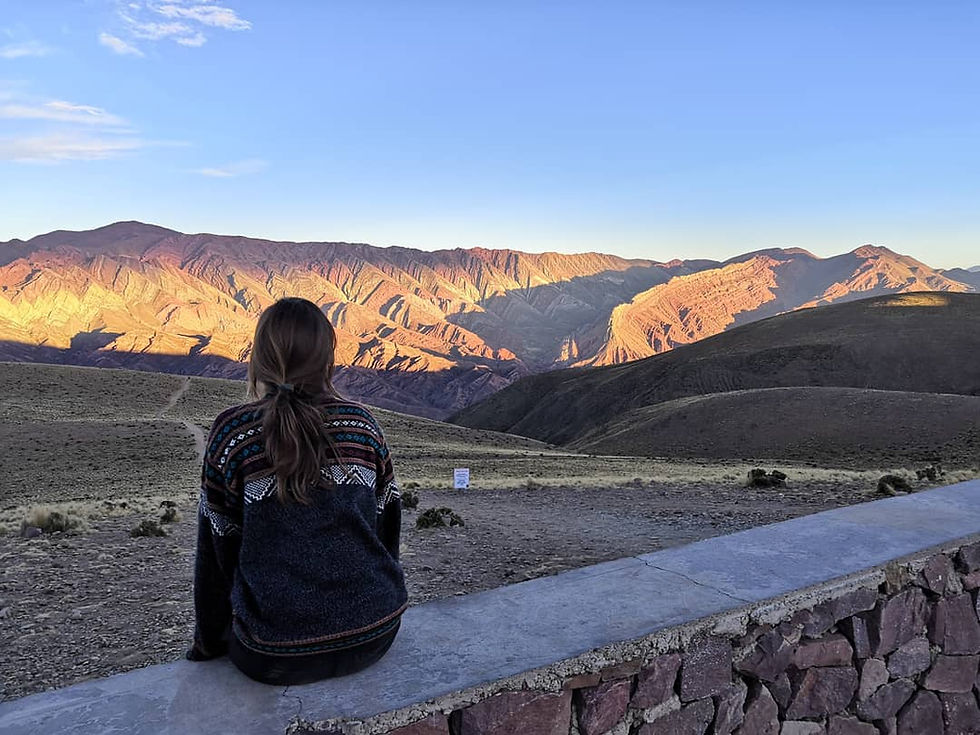
We drove until the city of Tupiza, known as the Bolivian far-west. We camped in the garden of a colonial house owned by a nice Bolivian who spends his spare time distilling is own beer. The next day we visited the surroundings before gaining Potosi, the highest city in the world. We stayed two days walking its old streets, passing by its many churches and colleges and enjoying a few of its many restaurants.
Because of its geographical position, 4030m above sea level, the pollution in town is unfortunately quite dense. An issue that will be recurrent throughout our stay in Bolivia.
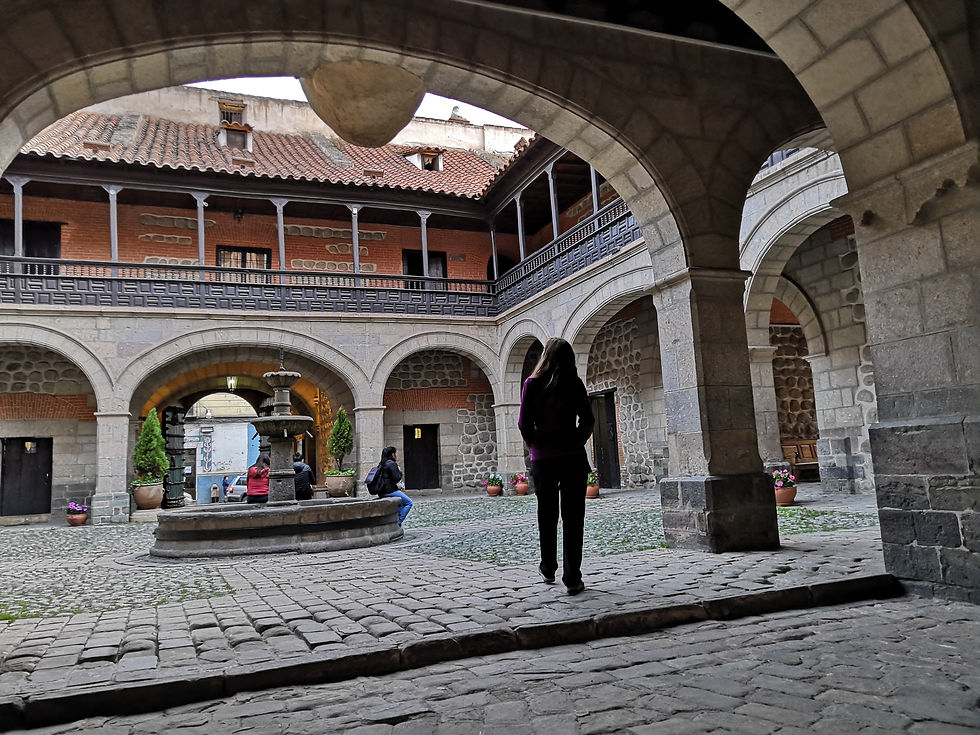
Next stop, the constitutional and administrative capital of the country, Sucre. Known as the white city, Sucre is a really pretty town organised around an animated main square. It is also the student city of the country which makes it a cheap destination for tourists.
On the way back to Potosi we stopped at a natural swimming pool of hot water for an hour of peaceful bliss. We didn’t know how much we needed it before reaching La Paz. We initially didn’t plan on visiting Bolivia’s main city, but a mechanical problem required fixing and La Paz was the best option for it. On the first day we did alright as we stayed over in El Alto, a suburb on the outskirts of town and enjoyed a ride to the center in one of the many cable car lines created a few years ago.
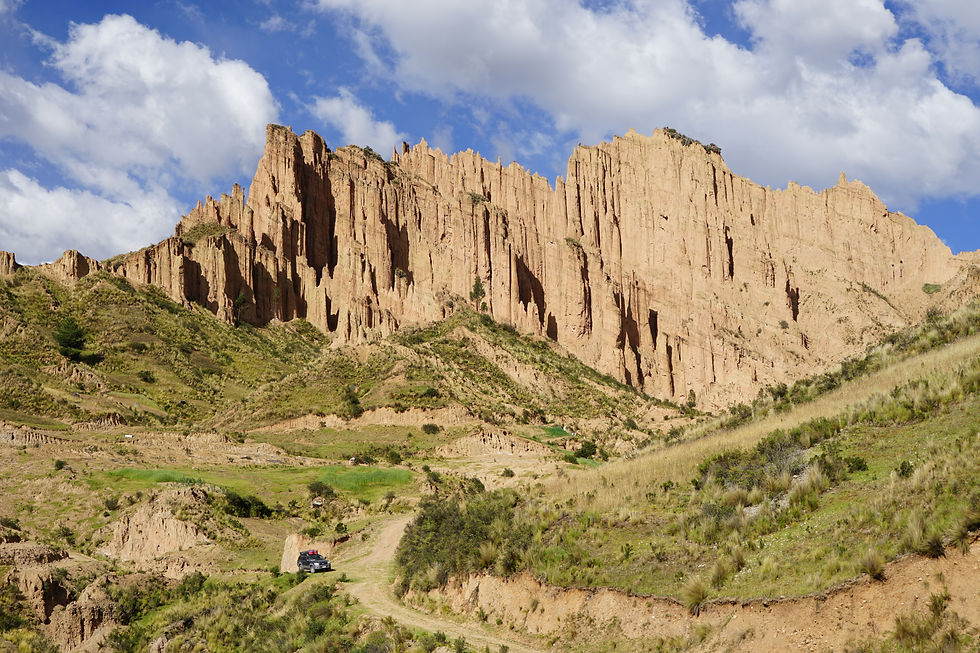
The next two days were more problematic, as we first took the car to get to the devil’s tooth, a rock formation south of La Paz, located in a gorgeous mountainous landscape. After that we decided to do a hike north of La Paz before reaching the lake Titicaca. It took us nearly three hours to leave town and be on our way to Pico Austria. I am really glad we got to do this walk up the mountain, as the landscape was unexpectedly beautiful, the best we had seen in Bolivia. This made me feel closer to this country and created a wonderful memory that will certainly stay with me for a long time.
It was heartbroken to leave Pico Austria behind, but fortunately the place where we were going to next was as impressive, although much different. Our first encounter with Lago Titicaca was at sundown, on the shores of a deserted little town. We experienced the brightest sunset we ever seen. A beautiful moment.
The next day we drove to Copacabana. The scenery was spectacular, the lake so blue. In Copacabana we learned how to relax again and enjoy cocktails on rooftop terraces. We visited the Sun island and made friends. A wonderful way to finish our short but intense two weeks in Bolivia !
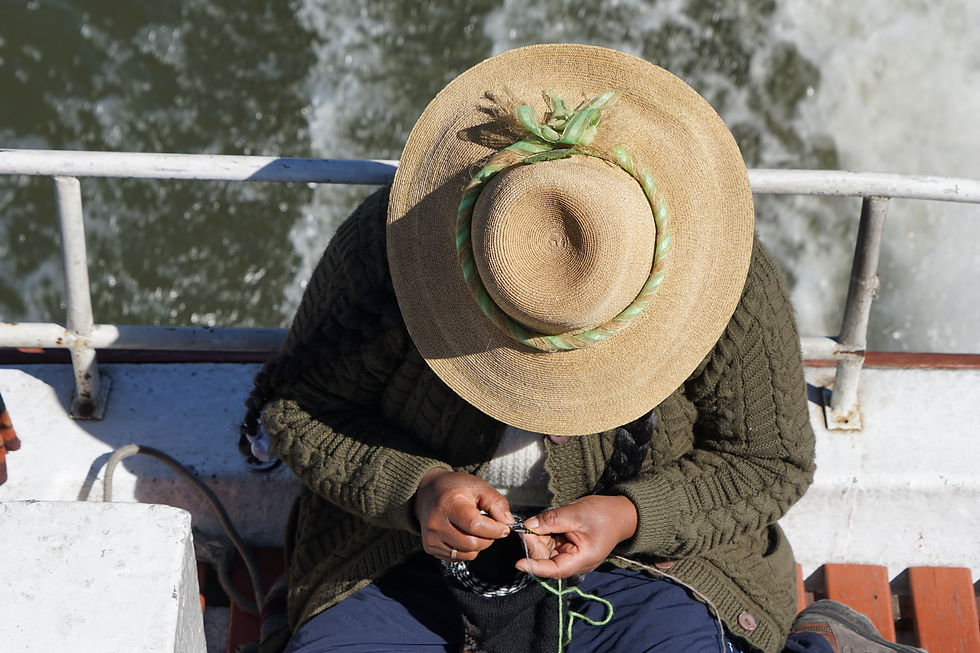
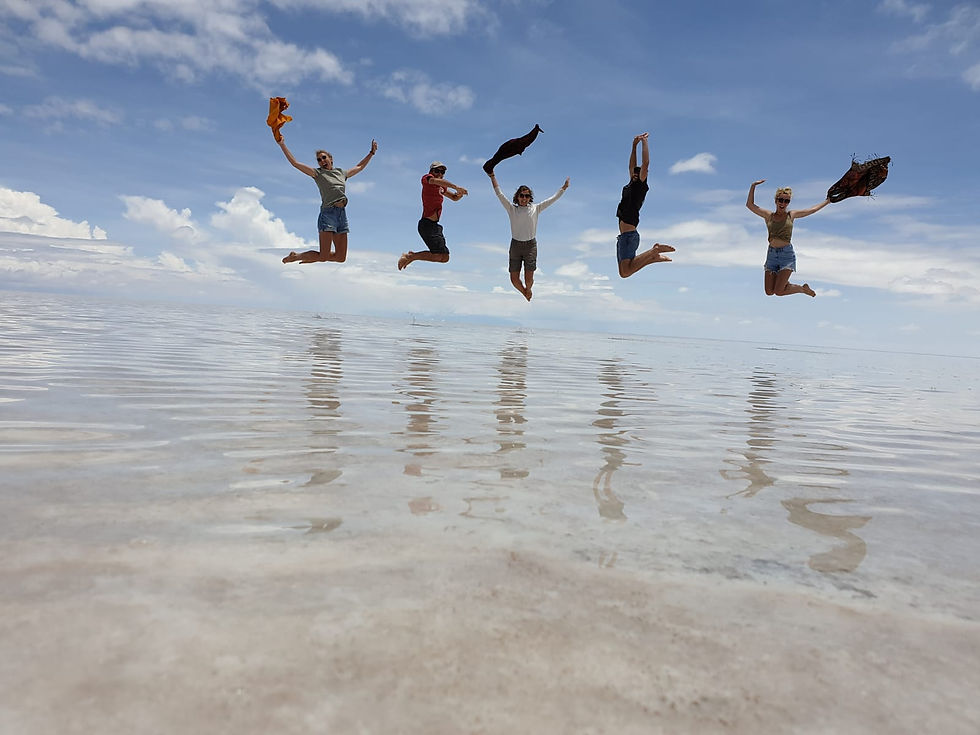
Comments